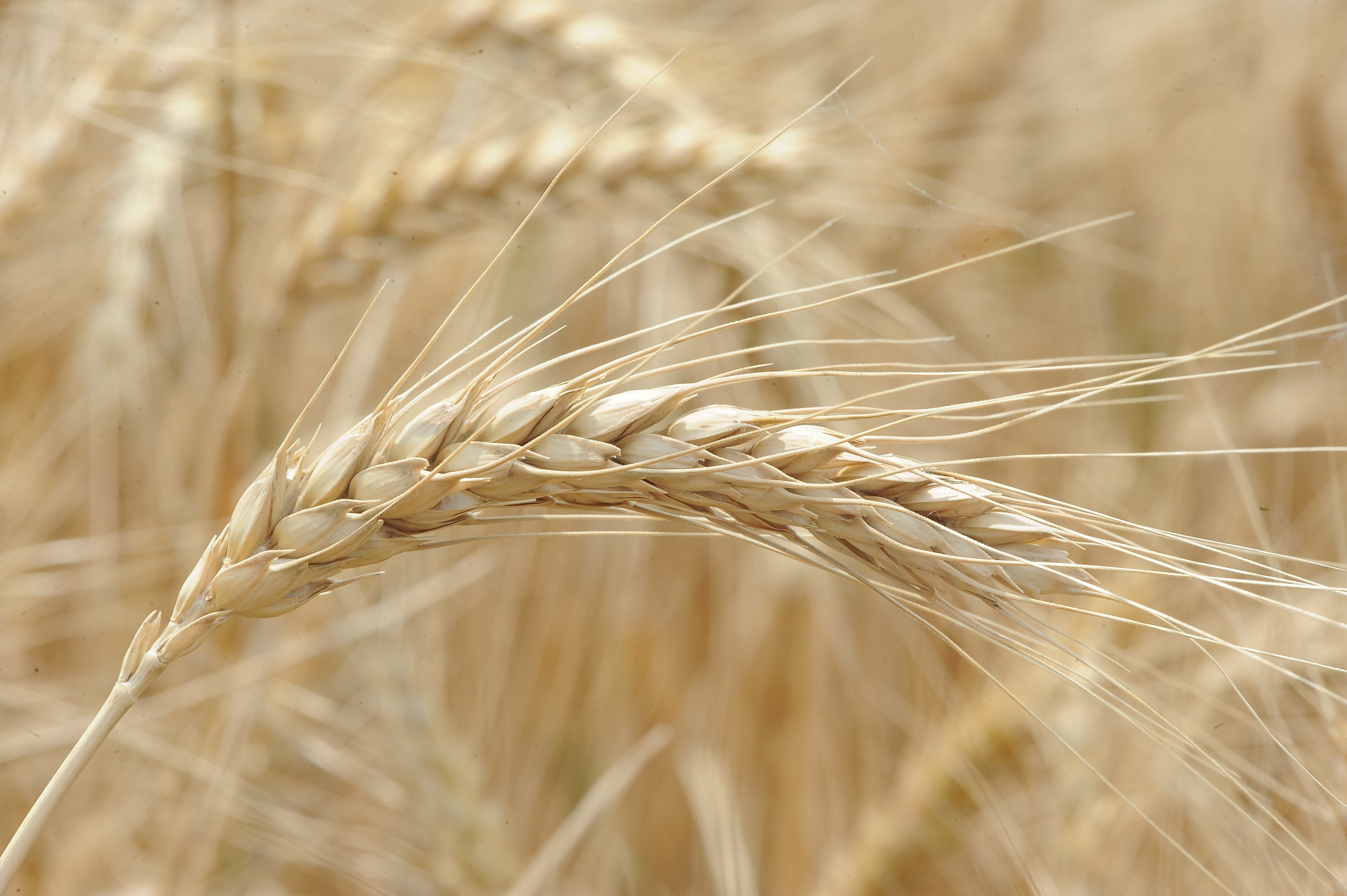
Agricultural News
OSU and Langston University Join KSU in Multi-Institutional Team to Tackle Ag Data Use Challenges
Wed, 20 Feb 2019 15:25:37 CST
 Good news for crop producers trying to make sense of what can feel like an overwhelming accumulation of information: A team of scientists from three universities is developing a way for agricultural operations to make better use of available data.
Good news for crop producers trying to make sense of what can feel like an overwhelming accumulation of information: A team of scientists from three universities is developing a way for agricultural operations to make better use of available data.
"Our long-term goal is to be able to accurately predict what would happen if a producer plants a particular genotype of crop in a specific section of field under a given set of weather conditions," said Phil Alderman, an Oklahoma State University assistant professor of agricultural systems modeling with the university's Division of Agricultural Sciences and Natural Resources.
Alderman, Stephen Welch of Kansas State University and Franklin Fondjo Fotou of Langston University are leading the multi-institutional, multidisciplinary "Building Field-based Ecophysiological Genome-to-Phenome Prediction" effort made possible through a four-year, $4 million grant from the National Science Foundation.
"Currently, the technology exists to monitor and manage crop fields at a much higher resolution than recommendations can provide," Alderman said.
Think of it in terms of a doctor. In precision agriculture, the recommendation is actually called a prescription.
"Take modern tractors, which have the ability to apply nutrients at a variable rate to an accuracy within a few feet across a field," Alderman said. "The problem is we currently can't provide prescription maps at the same high resolution. Within this project, we're conducting the basic research needed to do precisely that."
The "genome-to-phenome" project will use wheat as an example crop. The team will build a new computer model for wheat that combines crop physiology and genetics plus state-of-the-art field monitoring technologies. Instead of inferring soil profile data, canopy temperatures, development phases and so on, the model will use actual measurements enabled by new technology to predict how different wheat varieties will perform in different environments.
"We want to redesign the way we are approaching modeling and analysis," Alderman said. "The goal isn't to cobble together things off the shelf, but to take a step back and say, 'If we know we are going to have data coming from the field from robots and unmanned aerial vehicles, let's build models that take that in as part of driving the model.'"
Welch, the Kansas State agronomy professor who is serving as principal investigator, added accurate modeling is a vitally important undertaking, from on-the-ground aspects relative to individual producer operations to ongoing challenges of feeding a world population expected to double by 2050.
"There is a critical need to improve crop yield per acre by accelerating the development and availability of better-performing varieties and by refining in-field management, both in terms of economics and efficiency," Welch said.
Langston's Fondjo Fotou, who along with Alderman is serving as a co-principal investigator, noted machine learning and artificial intelligence offer tools that push researchers in new directions, and also provide opportunities to train students and ensure future food security.
Fonju Fotou serves as chair of Langston's department of technology. A group of his students are working on the robotics aspect of the project.
"One of the elements of the project about which Franklin, Phil and I are most excited is the way we're making heavy use of co-advising graduate students," Welch said. "The norm is to have a single major advisor. On this project, the graduate students will not infrequently have two from different departments and disciplines."
Welch explained the benefits are twofold: For the students, they receive much broader training and, equally as important, learn how to "conduct interdisciplinary research from the get-go."
"Also, the practice is more efficient in terms of research dollars because the students are able to provide assistance in multiple rather than single disciplinary contexts," he said.
The multi-institutional, multidisciplinary "genome-to-phenome" team consists of soil chemists, geneticists, statisticians, engineers, breeders, computer scientists and crop management experts, among others.
Grant money for the project is part of the NSF Focused EPSCoR Collaborations program designed to promote nationwide scientific progress. The program requires projects to include researchers from at least two eligible jurisdictions with an integrated vision.
"Phil, Franklin and I may be the leading investigators but what the project is doing would not be possible without the very important contributions of the entire multidisciplinary team," Welch said. "Solutions to current and future agricultural challenges require people from different disciplines working together. Grant providers such as NSF have recognized this for a while now, and it has become a feature in projects they fund."
Industry partners cooperating in the project include IBM Research, Dupont Pioneer, Topcon Agriculture, DJI and Veris Technologies.
Source - Oklahoma State University
WebReadyTM Powered by WireReady® NSI
Top Agricultural News
More Headlines...





